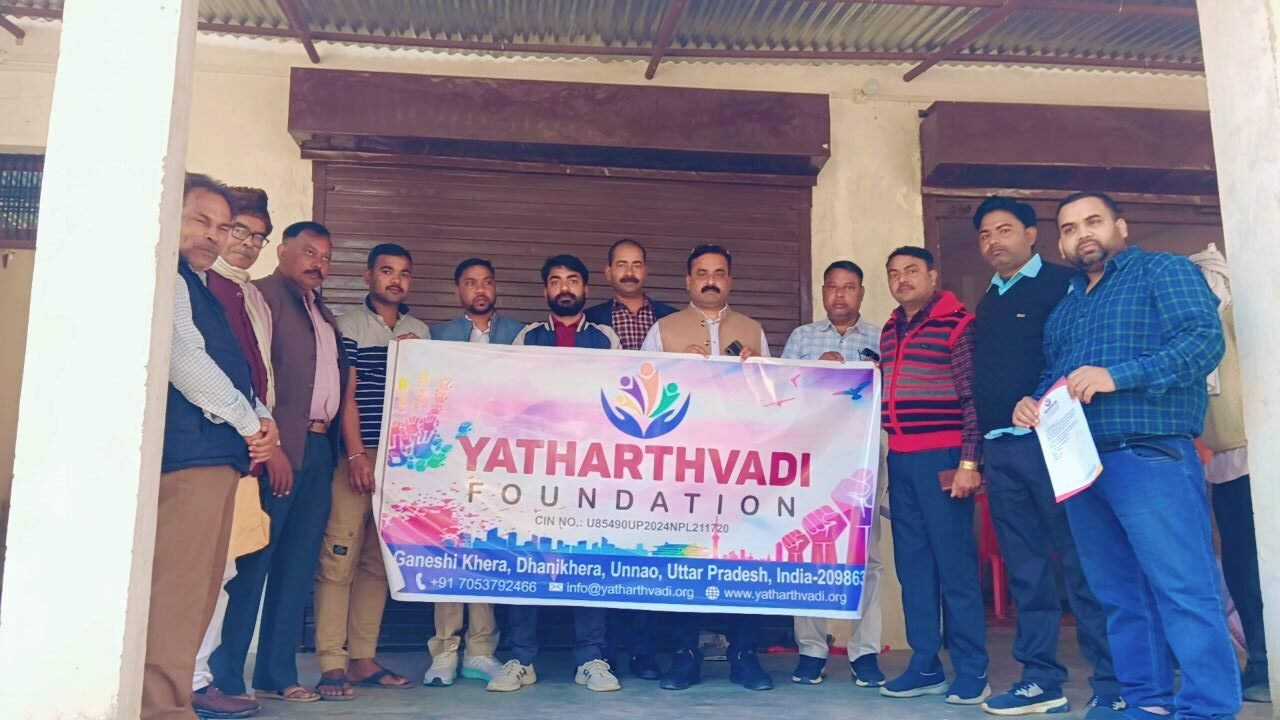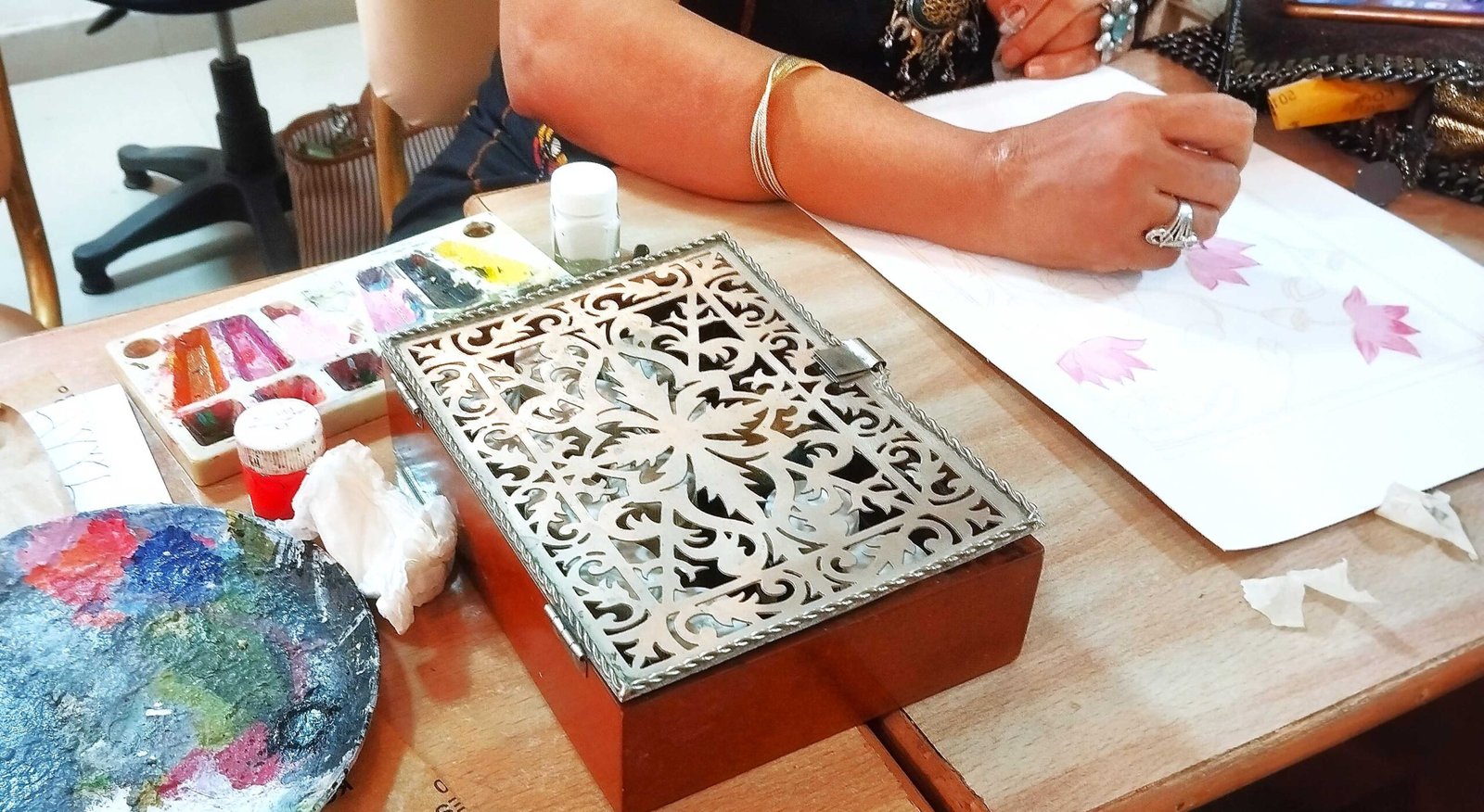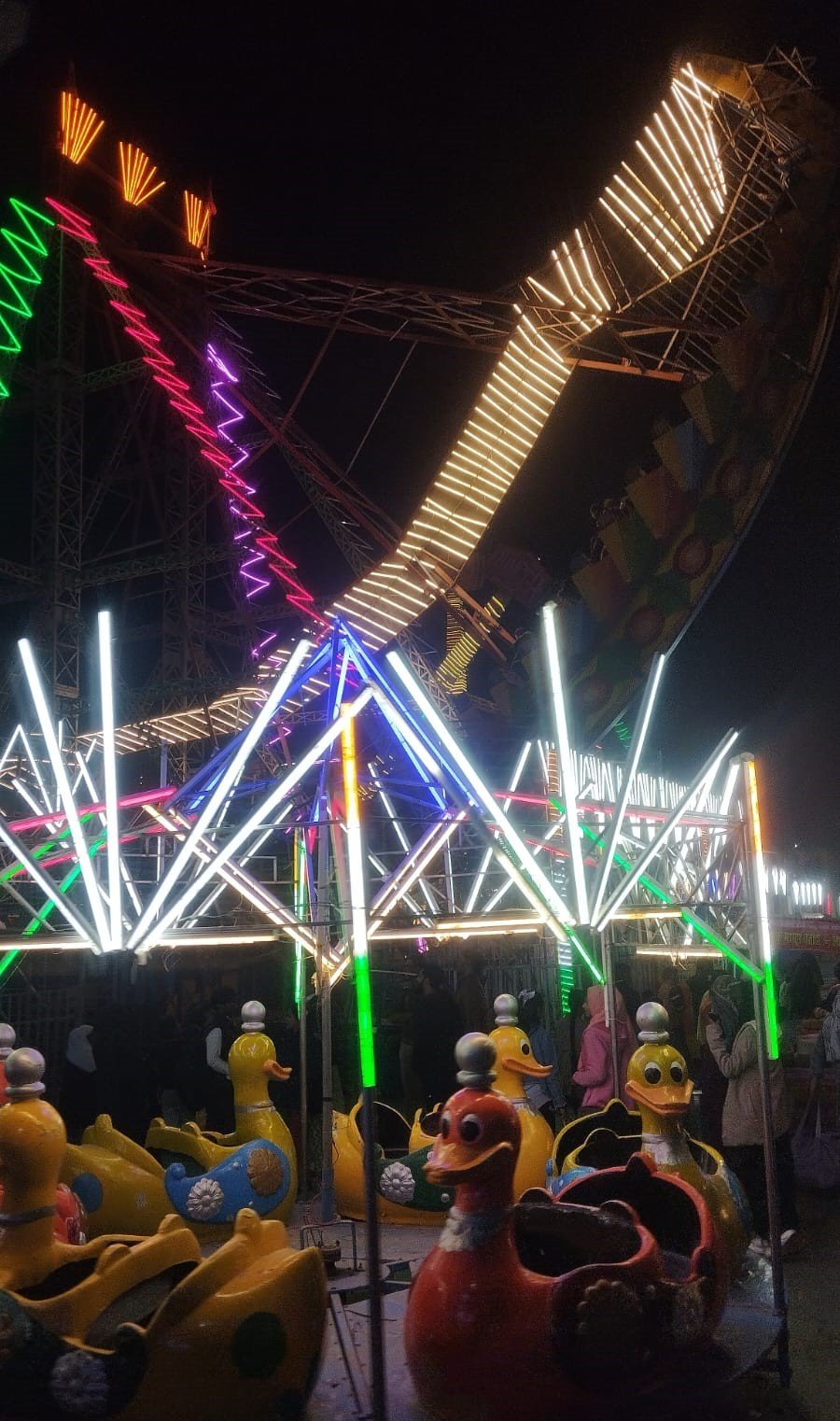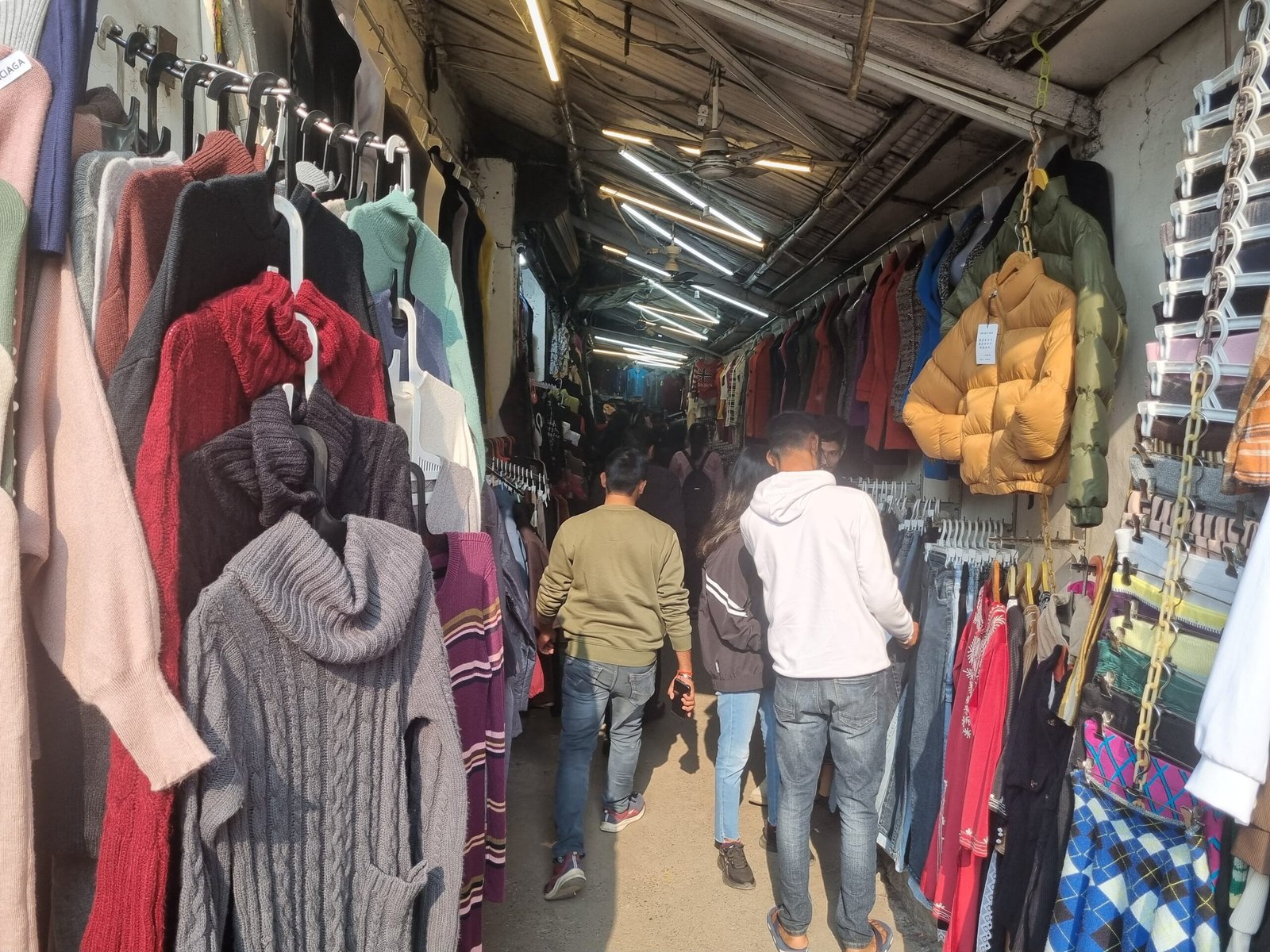Lucknow, the city of culture, arts and rich history, had a major role to play in India’s freedom struggle against the British oppression. Renowned personalities such as Josh Malihabadi, Kaifi Azmi, Sulaiman Nadvi, and Abdul Bari of Firangi Mahal are just few of the personalities who have not only excelled in their literary and educational fields but have also played an important part in the country’s fight against the British. Even today, the city of Lucknow continues to produce notable educationists, writers, and poets.
Today, the city boasts of some of the finest educational institutions of the country such as the King George Medical College (KGMC), Central Drug Research Institute (CDRI), National Botanical Research Institute (NBRI), Indian Institute of Management (IIM) and Lucknow University to name a few.
One such center of great academic and political significance located in Lucknow is the Firangi Mahal. This heritage institute was once considered the hub of Islamic studies and higher education in India. Read on to know more about this educational institution.
The Establishment of Firangi Mahal
Firangi Mahal was built during the reign of Emperor Aurangzeb. A French businessman named Neal had purchased the building during the rule of Aurangzeb. However, all the belongings, property, and even the Firangi Mahal were confiscated by the government according to the royal decree, which meant that the personal belongings and properties of foreigners were seized by the government during that time.
Later, the Firangi Mahal was passed on to the distinguished Islamic scholar Mullah Asad bin Qutab uddin Shaheed by the Mughal Emperor Aurangzeb. Mullah Asad bin Qutab uddin Shaheed’s sons Mulla Asad and Mullah Saeed began the establishment of a full-fledged madarsa at the Firangi Mahal. Apart from Islamic studies, subjects such as mathematics, science, astrology, philosophy, and sociology were also taught at the institute.
Firangi Mahal was considered as an influential Islamic institute in the 18th century. The heritage institution served the academic interests of the students and preserved the ancient traditional Islamic culture with its well-oriented syllabus. Students from as far as Saudi Arabia, South East Asia, Africa, Middle East and China used to come to Lucknow in pursuit of gaining knowledge at this esteemed institution.
Contributions of Maulana Abdul Bari
Located in the old area of Lucknow in Chowk, Firangi Mahal comprises of beautiful courtyards and old houses. It was established during the rule of Emperor Aurangzeb (1658-1707). The heritage institute turned into one of the most significant centers of Islamic education in Asia. The combined efforts of Mulla Asad, Mullah Saeed and Mulla Nizamuddin, who were the founding members, lead to the development of a unique Islamic curriculum known as Dars-e-Nizamiya. This distinctive Islamic curriculum actually laid the fundamentals of Islamic education in various madarsas across the country from the 18th to 20th century. Dars-e-Nizamiya laid emphasis on Arabic grammar, Persian, Urdu, philosophy, logic and jurisprudence subjects.
The main figure of the educational institute in the 20th century was Maulana Abdul Bari, who was an heir of the founding family. Maulana Abdul Bari was educated by his father along with other Ulama. Chisti and Qadiri Sufi saints also taught Maulana Abdul Bari; therefore he had extensive knowledge of Islam and could easily exercise religious influence on various followers. He used to teach Hadith and Quran during his professional stint at the Firangi Mahal.
Many historians and scholars have an opinion that Maulana Abdul Bari was an avid activist. Apart from spreading Islamic education, teachings of Quran and Hadith, he felt the urgent need for a formal structure of learning. He wanted to improve the instruction and learning process in religious sciences. Reforming instructions, learning processes and providing a standardized institutional structure were some of the personal objectives of Maulana Abdul Bari at Firangi Mahal.
Association with the Khilafat Movement
Lucknow and Firangi Mahal played an essential part in the pan-Islamic Khilafat Movement that was launched by the Muslim population in British India. It was started to oppose the British government in India and to defend the Ottoman Empire after the end of World War I. Islamic countries and Muslim population were growing during that time and they were forcefully annexed by the Western and European powers. At the same time, the British government in India took an anti-Muslim crusade and gave capital punishments to numerous Muslims. This negative approach actually lead to the fatwa (religious decree) issued by various Ulema to declare a holy war (jehad) against the British oppression.
In the year 1920, Maulana Abdul Bari stressed on the urgent need of Hindu-Muslim solidarity to fight against the British. He said that Mahatma Gandhi should be the national leader of Hindu-Muslim unity to overthrow the British. Maulana Abdul Bari had a personal view that Swaraj and Khilafat should be intertwined in order to achieve Hindu-Muslim goodwill to fight against the British. Hence, Firangi Mahal and Lucknow gave a positive direction to the country’s independence struggle.
Maulana Abdul Bari collected financial grants from Muslims across the country for the independence struggle and even invited Mahatma Gandhi quite a few times to visit Lucknow and Firangi Mahal. As there were frequent Hindu Muslim riots, the visits of Mahatma Gandhi to Firangi Mahal and Lucknow played an important role in decreasing the animosity between the two communities. As a nod of respect and admiration, people used to avoid cooking meat whenever Mahatma Gandhi visited Firangi Mahal. Moreover, Jawaharlal Nehru, Sarojini Naidu and Abdul Kalam Azad have also visited this heritage institute to discuss the various aspects of independence movement.
Firangi Mahal – Today
The educational, political and historical significance of the institute is slowly eroding. Successive governments of the state have not done much to restore the legacy of this once acclaimed center of learning. It is the responsibility of the government along with the help of NGOs and people of Lucknow to reinstate the losing charm of Firangi Mahal that was once considered the ”Mecca of Islamic studies”.








